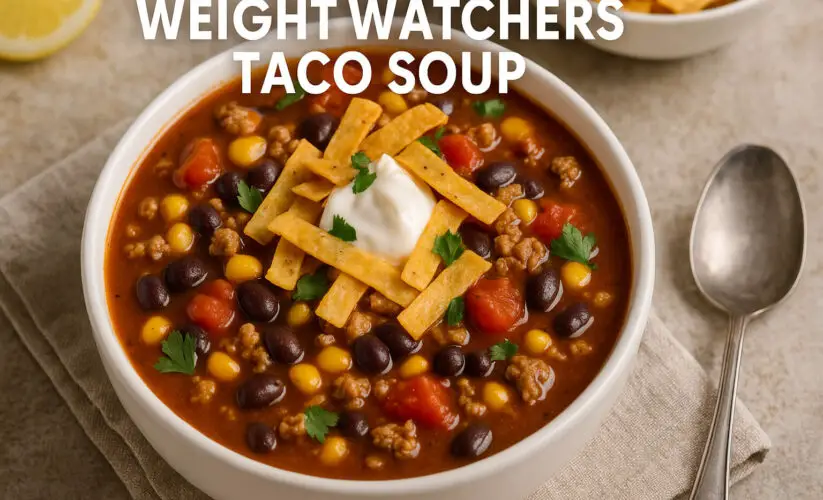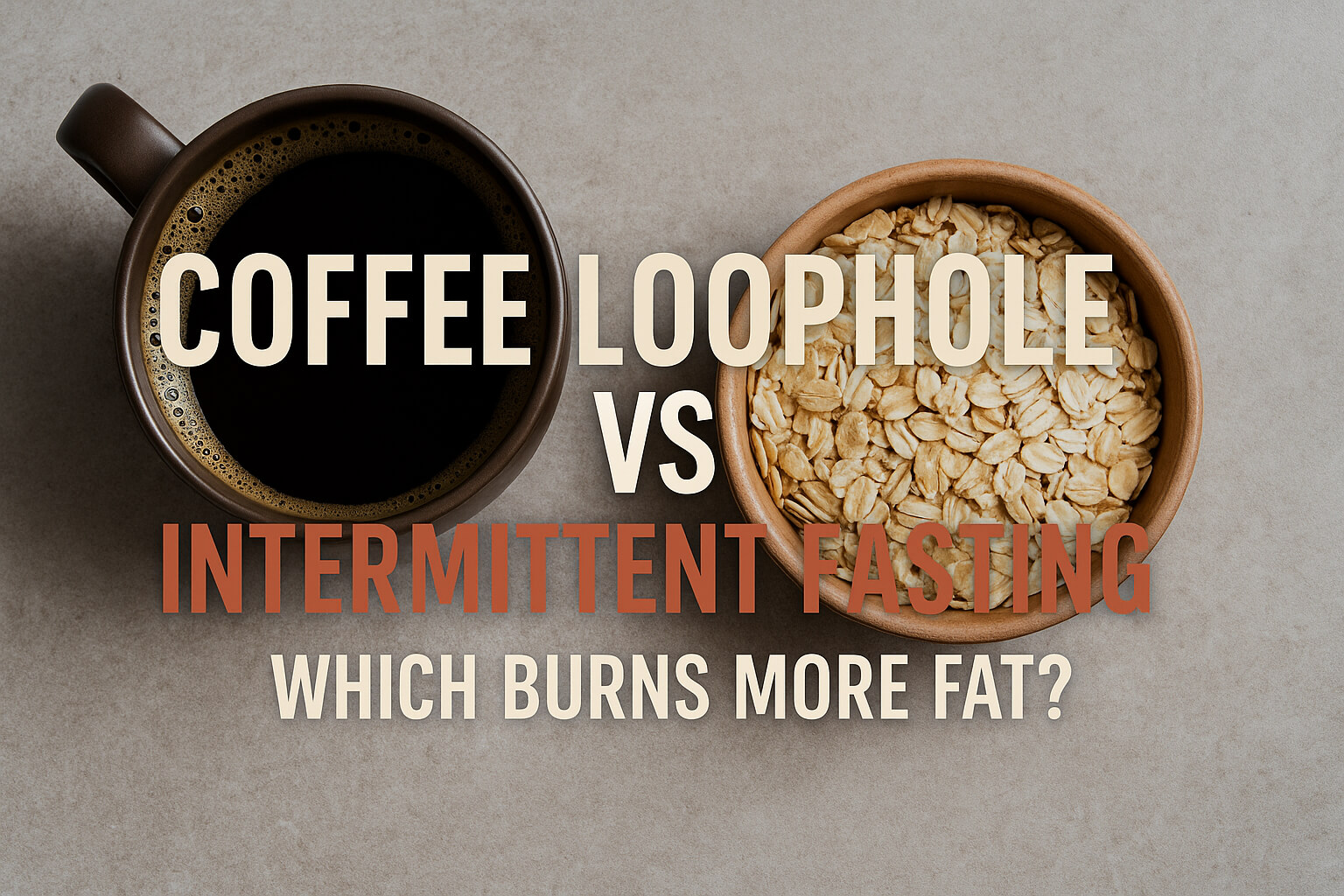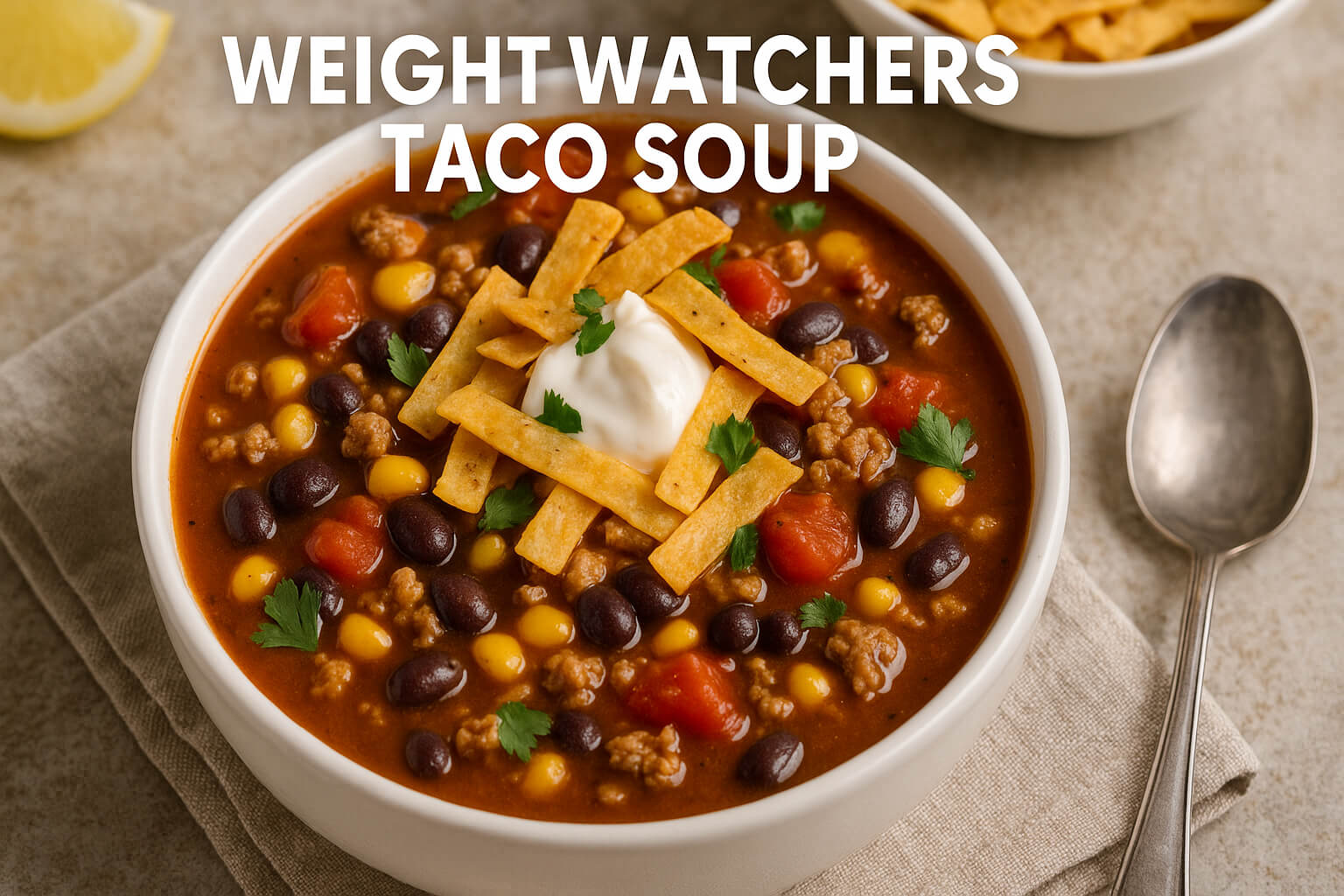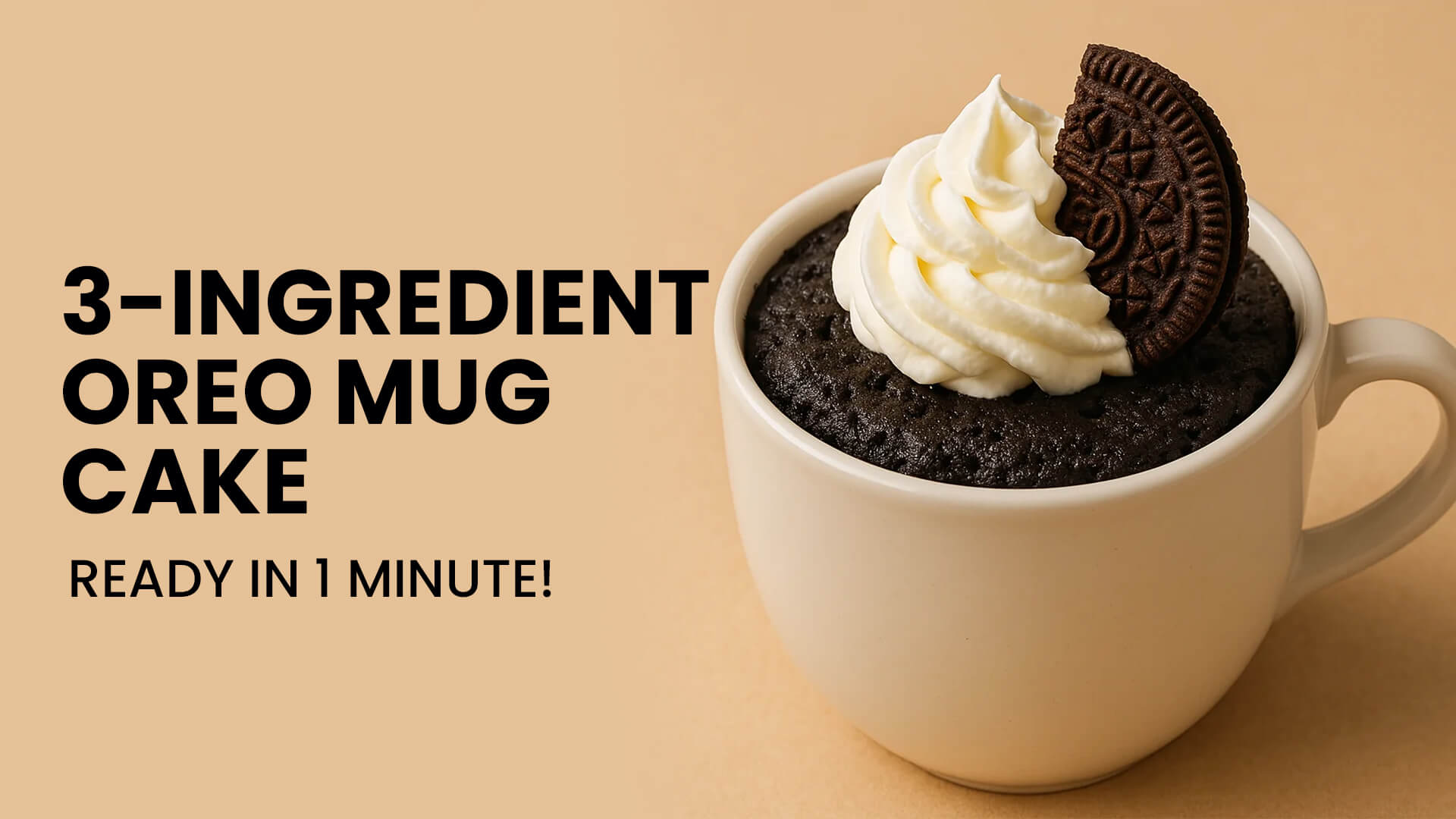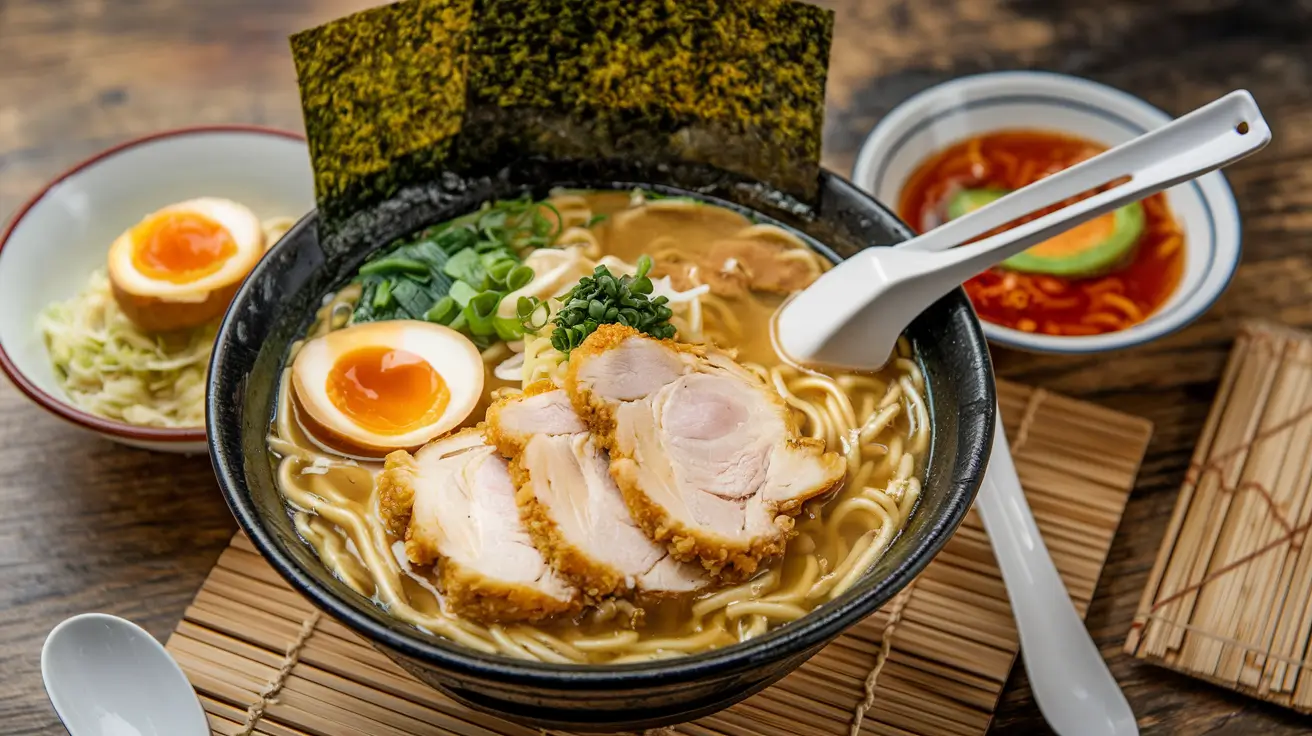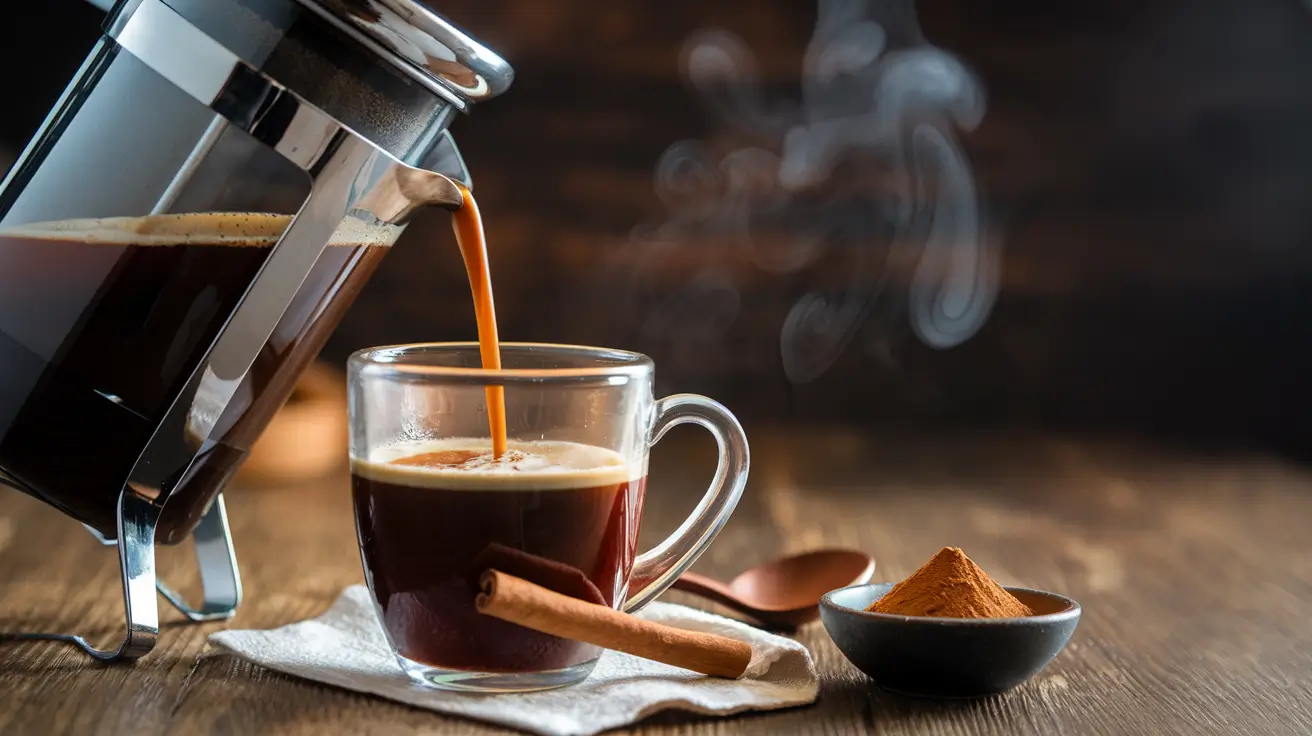Coffee Loophole vs Intermittent Fasting: Which Burns More Fat?
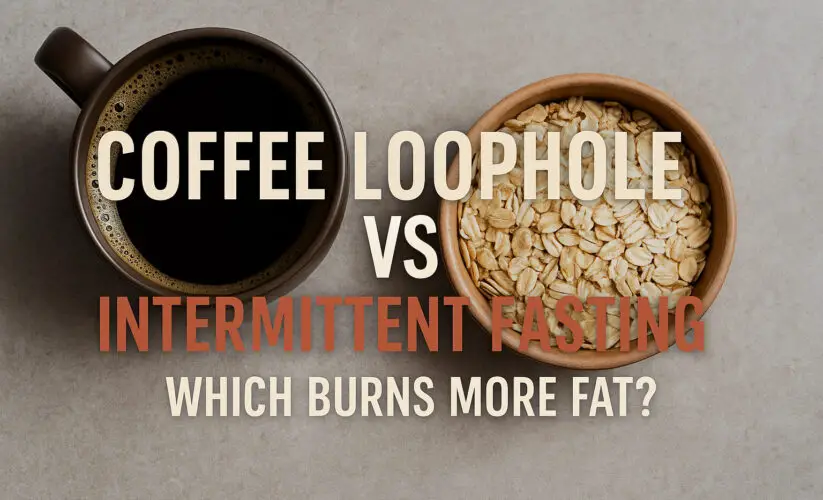
In the ever-evolving world of weight loss, two powerful strategies have taken center stage, gaining traction among health enthusiasts, fitness coaches, and biohackers alike: Intermittent Fasting (IF) and the Coffee Loophole. These two approaches are often celebrated for their fat-burning potential, metabolic benefits, and ability to simplify eating habits. But when it comes down to it—Coffee Loophole vs Intermittent Fasting—which method truly delivers superior fat loss results?
Intermittent fasting is more than a trend; it’s a time-tested eating pattern that involves scheduled periods of eating and fasting. It’s widely embraced for helping people lose weight, improve insulin sensitivity, and enhance overall metabolic function. On the other hand, the Coffee Loophole taps into the fat-burning magic of caffeine—especially when consumed in the form of black coffee during a fast. Some people even take it a step further, adding MCT oil or butter for a metabolic edge. But does that still count as fasting, or are you unknowingly sabotaging your progress?
This comparison isn’t just about preferences; it’s about science. Coffee Loophole vs Intermittent Fasting represents two different philosophies with the same goal: burning fat more efficiently. One focuses on caloric restriction and metabolic adaptation through extended fasting windows, while the other leverages the thermogenic and appetite-suppressing effects of caffeine to kickstart fat metabolism—even without strict meal timing.
Whether you’re a dedicated intermittent faster following a 16:8 routine or a coffee lover looking to hack your morning hunger and boost your energy, understanding the advantages and drawbacks of each method is essential. This guide will break down the fat-burning science, explore hormonal effects, analyze real-world outcomes, and help you determine which approach better suits your lifestyle and weight loss goals.
So if you’ve ever wondered whether sipping coffee during your fasting window helps or hinders your fat-loss journey, you’re in the right place. Welcome to the ultimate showdown: Coffee Loophole vs Intermittent Fasting—and let’s discover which one can truly help you burn more fat.
What is Intermittent Fasting?
Intermittent fasting (IF) is not a diet in the traditional sense—it’s an eating pattern. It involves alternating periods of eating with periods of fasting. One of the most popular methods is the 16:8 method, where you fast for 16 hours and eat during an 8-hour window.
Key Benefits of Intermittent Fasting:
- Increases insulin sensitivity: Lower insulin levels encourage the body to burn stored fat for energy.
- Boosts human growth hormone (HGH): Fasting increases HGH levels, which can help preserve muscle and burn fat.
- Triggers autophagy: This is your body’s way of cleaning out damaged cells, which may reduce the risk of certain diseases.
- Caloric control: Naturally leads to fewer meals and lower caloric intake without strict dieting.
What is the Coffee Loophole?
The term “Coffee Loophole” refers to the increasingly popular practice of drinking black coffee during fasting windows, especially within the context of intermittent fasting. This method has gained a loyal following because it allows fasters to curb hunger, boost energy, and potentially enhance fat burning—all without technically breaking the fast.
The idea behind the Coffee Loophole hinges on the fact that black coffee is virtually calorie-free, containing no sugar, fat, or protein—macronutrients that would normally trigger an insulin response or halt the fat-burning process. In fact, coffee’s active ingredient, caffeine, has been shown to increase thermogenesis (the body’s heat production), stimulate adrenaline, and help mobilize fat from fat cells. Along with powerful antioxidants, black coffee may give your metabolism a noticeable kick during fasting periods.
However, some people have stretched this loophole further by adding ingredients like MCT oil, grass-fed butter, or collagen peptides to their morning cup. While these add-ins can provide energy, suppress appetite, and even support cognitive performance, they also introduce calories. This raises an important question: Does enhanced coffee still count as fasting?
This debate has split the intermittent fasting community. While purists argue that any caloric intake breaks the fast and disrupts processes like autophagy, others who follow more flexible or “dirty fasting” approaches believe small amounts of fat don’t spike insulin and therefore don’t fully break the fast.
Understanding the Coffee Loophole—its benefits and boundaries—is essential for anyone trying to maximize fat loss while following intermittent fasting protocols.
The Science Behind Fat Burning
How Your Body Burns Fat
Your body primarily uses glucose (sugar) for energy. When you stop eating for several hours (as in intermittent fasting), your insulin levels drop. At this point, your body switches to using stored fat for fuel—a process known as lipolysis.
Caffeine’s Role in Fat Metabolism
Caffeine, found in black coffee, is a known lipolytic agent. It boosts adrenaline levels, which signal fat cells to break down fat and release it into the bloodstream to be used as energy.
So both IF and the coffee loophole tap into the same fat-burning mechanisms—but in different ways.
Coffee Loophole vs Intermittent Fasting: The Key Differences
| Feature | Coffee Loophole | Intermittent Fasting |
|---|---|---|
| Requires meal timing | No | Yes |
| Works immediately | Yes (due to caffeine) | Takes time (hours of fasting) |
| Breaks fast? | Depends (black coffee: no; butter/MCT: yes) | No food or calories allowed |
| Appetite suppression | Strong (due to caffeine) | Moderate |
| Muscle preservation | Low | Moderate to High (due to HGH) |
| Calorie-free? | Only with black coffee | Yes during fasting windows |
Is Black Coffee Truly “Fasting-Friendly”?
The simple answer is yes—black coffee does not break a fast. It contains:
- 0 calories
- 0 grams of sugar
- No macronutrients to trigger insulin response
In fact, drinking black coffee during a fast may:
- Suppress appetite
- Increase alertness and energy
- Accelerate metabolism
But once you add cream, sugar, butter, or MCT oil, you’re introducing calories, which may technically end the fast depending on your goals.
The Controversy: Does Coffee with Calories Still Count as Fasting?
Some intermittent fasting enthusiasts follow a more flexible approach known as “dirty fasting,” where they consume up to 50 calories (e.g., MCT oil in coffee) without considering the fast broken.
This may still yield fat-loss benefits because:
- The body remains in ketosis (fat-burning mode)
- Insulin remains relatively low
- Hunger stays suppressed
However, purists argue that any caloric intake breaks the fast and halts autophagy, the cellular repair process that starts after 12–16 hours of fasting.
Which Burns More Fat?
Let’s break it down:
1. Short-Term Fat Burning
- The Coffee Loophole (black coffee) wins here. Caffeine can boost metabolic rate by up to 11% within hours.
- However, the effect is short-lived and depends on caffeine tolerance.
2. Long-Term Fat Loss
- Intermittent fasting wins. It creates consistent caloric deficits, improves insulin sensitivity, and preserves muscle mass.
- IF also trains your body to become a fat-adapted machine—burning fat more efficiently over time.
3. Fat Loss with Lifestyle in Mind
- Coffee loophole is great for people who don’t want to follow strict meal-timing rules but still want a metabolic boost.
- IF is more structured and may yield better sustainable results when paired with a balanced diet.
Coffee and Fasting Combined: The Ultimate Fat-Burning Duo?
Instead of comparing, why not combine the two?
Here’s how to supercharge fat loss:
- Start your fast in the evening (e.g., 8 PM).
- Wake up and drink black coffee (around 7–8 AM).
- Continue fasting until 12 PM (completing a 16-hour fast).
- Break your fast with a protein-rich, whole-food meal.
This method lets you:
- Use coffee as a hunger suppressant and fat-burning agent
- Stay in a fasted state longer
- Avoid snacking in the morning
Best Coffee Practices for Fat Loss
If you want to use coffee to maximize fat burning, follow these tips:
- Stick to black coffee: No sugar, no cream.
- Time it right: Drink it during your fasting window for appetite control.
- Avoid late caffeine: Drinking coffee too late may interfere with sleep, which is vital for weight loss.
- Try green coffee or espresso: These have higher antioxidant levels.
Optional Add-ins (if not strictly fasting):
- Cinnamon: May help regulate blood sugar.
- Collagen peptides: Support skin and joint health with minimal insulin response.
- MCT Oil: Promotes ketone production, but breaks a strict fast.
Who Should Use the Coffee Loophole?
- People who struggle with hunger in the morning.
- Those looking for a mild fat-loss boost without committing to full intermittent fasting.
- Anyone needing an energy boost before a fasted workout.
Who Should Stick with Intermittent Fasting?
- People looking for long-term, structured fat loss.
- Those wanting to improve insulin sensitivity or metabolic flexibility.
- Individuals aiming for cellular repair and longevity (via autophagy).
Real-World Results: What the Research Says
- A 2014 study found that intermittent fasting reduced body weight by 3–8% over 3–24 weeks (source: PubMed).
- Caffeine has been shown to increase fat oxidation by up to 29% in lean individuals (source: Journal of Applied Physiology).
- A 2020 review concluded that combining caffeine and fasting might be a powerful tool for metabolic health.
Final Verdict: Which Should You Choose?
If You Want Quick Results:
→ Use the Coffee Loophole to boost metabolism and suppress appetite.
If You Want Sustainable Weight Loss:
→ Commit to Intermittent Fasting and let your body naturally burn fat over time.
If You Want the Best of Both Worlds:
→ Combine both methods for a fat-burning powerhouse strategy.
Sample Morning Routine to Burn More Fat
Here’s a sample fat-burning schedule:
| Time | Action |
|---|---|
| 7:00 AM | Wake up and drink black coffee |
| 9:00 AM | Light fasted walk or low-intensity workout |
| 12:00 PM | Break fast with high-protein, low-carb meal |
| 3:00 PM | Hydrate with water or herbal tea |
| 6:00 PM | Eat a balanced dinner (lean protein + veggies) |
| 8:00 PM | Begin fasting window again |
Repeat daily for consistent fat-burning results.
❓ FAQs
No, black coffee does not break a fast. It contains virtually no calories and does not spike insulin. However, additives like cream or sugar can break your fast.
Yes, black coffee is generally safe during fasting and may help suppress appetite. Just be cautious if you’re sensitive to caffeine or experience stomach issues.
Technically, yes for “dirty fasting.” MCT oil and collagen provide energy and benefits, but they break a “clean” fast and may affect autophagy.
Fasting tends to burn more fat over time due to hormonal shifts. Coffee gives a short-term metabolism boost but works best when paired with fasting.
Absolutely. Black coffee during fasting hours can reduce hunger, increase focus, and boost fat-burning—making it a perfect match for intermittent fasting.
Final Thoughts
Both intermittent fasting and the coffee loophole offer powerful fat-burning benefits. But they shine in different ways.
- Want structure and long-term results? Go with intermittent fasting.
- Want flexibility and immediate appetite control? Try the coffee loophole.
- Want maximum fat burn? Combine both!
Start with what suits your lifestyle, and remember: consistency is key. Whether it’s sipping your way through a fast or timing your meals, the best fat-loss method is the one you can stick with.

